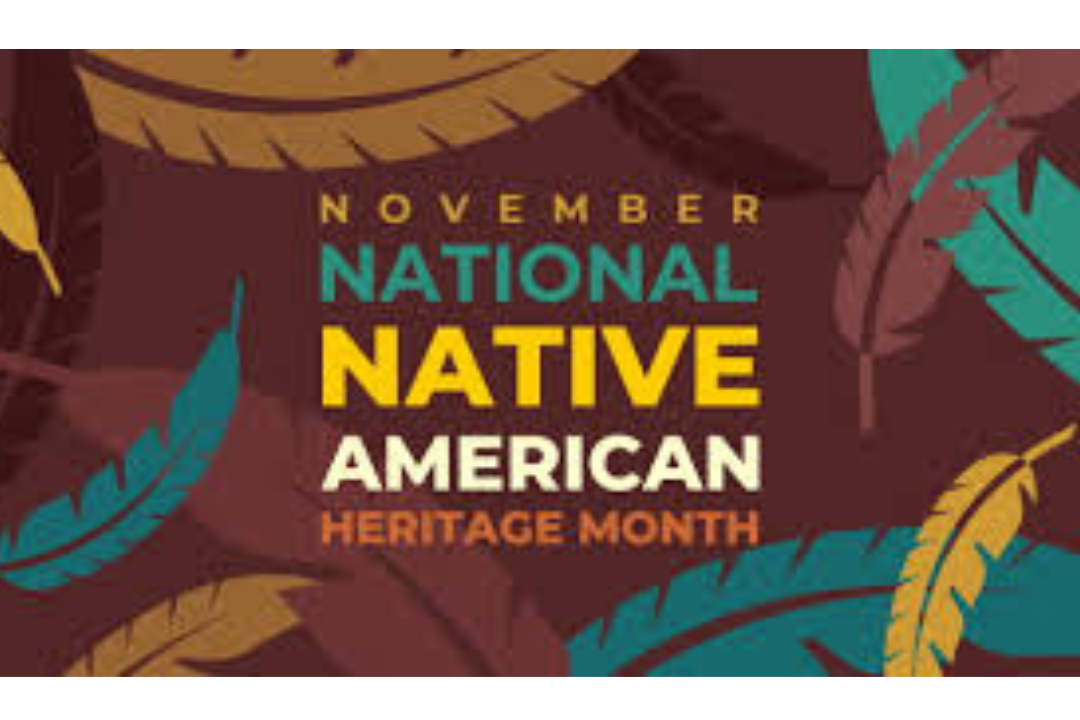Introduction
Every November, the United States observes National Native American Heritage Month to honor the rich histories, cultures, and contributions of Native American peoples. This month-long celebration serves as a time to reflect on their profound impact on the nation’s history while acknowledging their struggles and achievements.
The History of National Native American Heritage Month
The Origin of the Celebration
The idea of a dedicated month to celebrate Native American heritage was first proposed in the early 20th century. In 1915, Dr. Arthur C. Parker, a Seneca Indian, encouraged recognition of Native Americans through dedicated events. This effort gained momentum when Congress designated the second Saturday in May as “American Indian Day” in 1916.
Establishment of National Native American Heritage Month
In 1990, President George H.W. Bush officially proclaimed November as National Native American Heritage Month. Since then, this observance has continued annually, with each president reaffirming its importance through official proclamations.
Importance of National Native American Heritage Month
Honoring Indigenous History
National Native American Heritage Month allows us to celebrate the deep-rooted history of Native Americans. It’s a time to learn about the diverse tribes that existed long before European settlers arrived. Their traditions, values, and stories have shaped America’s identity in countless ways.
Acknowledging Contributions
Native Americans have made significant contributions to art, medicine, agriculture, and governance. For example, many of the foods we consume today, such as corn, squash, and beans, originated from indigenous farming practices. Similarly, Native American systems of governance influenced the development of democratic principles in the United States.
Raising Awareness About Challenges
While celebrating their achievements, this month also highlights the struggles Native Americans have faced, including land displacement, cultural suppression, and systemic discrimination. It’s an opportunity to educate the public about these issues and promote equity and inclusion.
Traditions and Ways to Celebrate
Educational Programs
Schools, libraries, and community centers organize events and activities during National Native American Heritage Month to educate the public about indigenous cultures. These programs often include storytelling sessions, documentary screenings, and art exhibitions.
Honoring Native Art and Music
Native American art and music reflect their deep connection to nature and spirituality. Traditional beadwork, pottery, and textiles showcase their artistic genius, while drumming and chanting resonate with cultural significance. Exploring Native art is a meaningful way to celebrate the month.
Visiting Museums and Historical Sites
Visiting museums such as the National Museum of the American Indian provides a comprehensive understanding of indigenous history and culture. Additionally, historical sites like Cahokia Mounds or Mesa Verde offer glimpses into ancient Native civilizations.
Supporting Native-Owned Businesses
Another impactful way to celebrate is by supporting Native American artisans, authors, and businesses. Purchasing handmade jewelry, crafts, or books written by Native authors helps sustain their cultural heritage and livelihoods.
Notable Native American Figures

Sacagawea
A Shoshone interpreter and guide, Sacagawea played a crucial role in the Lewis and Clark expedition, aiding the explorers in their journey to map the western United States.
Sitting Bull
As a Lakota leader, Sitting Bull is remembered for his resistance to U.S. government policies and his role in the Battle of Little Bighorn, which symbolized Native American resilience.
Wilma Mankiller
The first female Principal Chief of the Cherokee Nation, Wilma Mankiller, was a trailblazer for indigenous women’s rights and community development.
Modern-Day Issues Faced by Native Americans
Land and Sovereignty
Despite legal protections, Native American lands continue to face threats from corporations and government projects. The struggle to maintain sovereignty remains a pressing issue for many tribes.
Access to Healthcare and Education
Native communities often lack adequate healthcare and educational resources. The Indian Health Service (IHS) faces chronic underfunding, which limits access to necessary medical care. Similarly, educational disparities persist in many tribal regions.
Preserving Language and Culture
Many Native languages are endangered, with efforts underway to revitalize them. Language preservation programs and cultural initiatives are vital for maintaining their heritage.
How to Get Involved
Educate Yourself
Take the time to read books, watch documentaries, and attend workshops that focus on Native American history and culture. Educating yourself is the first step toward meaningful involvement.
Advocate for Native Rights
Support organizations that fight for Native American rights and environmental protection. Advocacy can include signing petitions, donating, or raising awareness about indigenous issues.
Participate in Events
Attend powwows, festivals, and other events organized by Native communities. These gatherings provide an opportunity to experience their culture firsthand and show your support.
FAQs
What is National Native American Heritage Month?
National Native American Heritage Month is a time to celebrate and honor the history, culture, and contributions of Native American peoples. It takes place every November in the United States.
Why was November chosen for National Native American Heritage Month?
November was chosen due to its significance in Native American culture, as it coincides with traditional harvest seasons and aligns with Thanksgiving, a time for reflection and gratitude.
How can schools participate in National Native American Heritage Month?
Schools can organize educational activities, such as inviting Native speakers, showing documentaries, and conducting art or essay contests about Native American history and culture.
What are some Native American traditions celebrated during this month?
Traditions like storytelling, traditional dances, and crafts are highlighted during National Native American Heritage Month, reflecting the spiritual and cultural depth of indigenous communities.
What is the purpose of National Native American Heritage Month?
The purpose is to recognize the achievements of Native Americans, raise awareness of their history and culture, and address ongoing challenges faced by their communities.
Conclusion
National Native American Heritage Month is a powerful reminder of the resilience, creativity, and contributions of Native Americans. By celebrating their culture and educating ourselves about their history, we take a step toward building a more inclusive and understanding society. This month is not just a celebration but a call to action to honor, preserve, and support indigenous communities.
